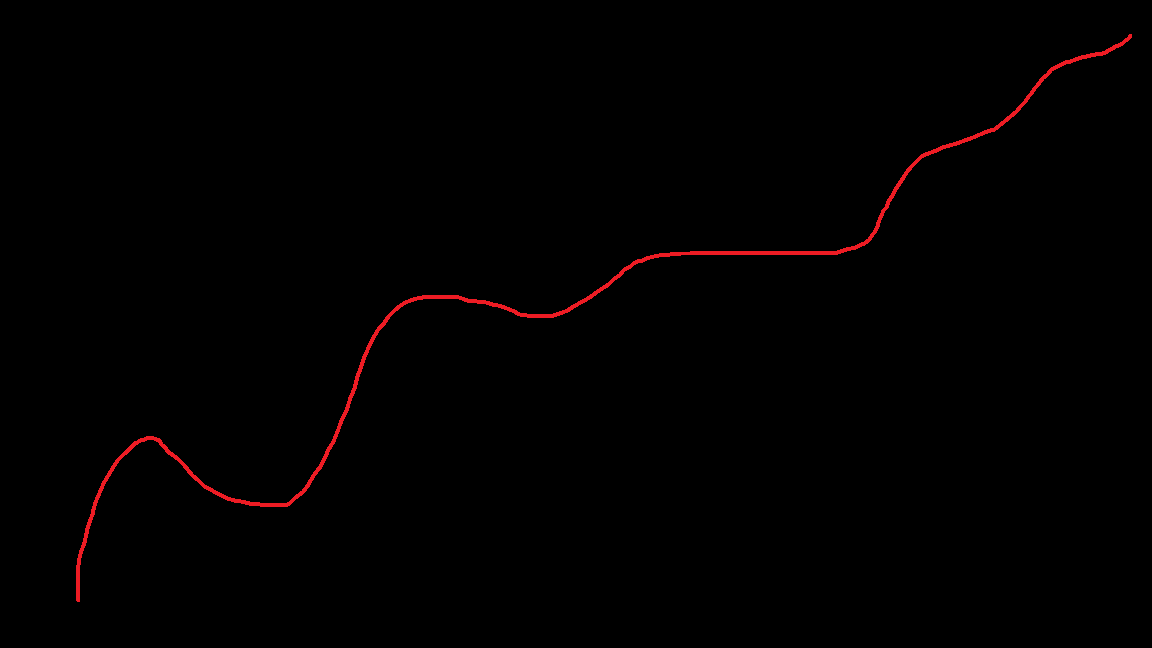I have a huge ECW-file with not much data. Seen below is a simplification. The black area is "nodata area" and the red area is the actual data (ortophotos following a road).
I want to convert this to a BigTIFF (tiled). The issue is that the resulting file is too large to be stored in memory (according to stats, 60 GB of RAM ++ is needed) so it slows down alot. By dividing this area with the RasterTiler I can get approx 20 tiles that does not need that much RAM while processing.
However I wonder if it is possible to somehow "not read" the no-data,black,transparent data (as mentioned in the 4th band) - but only only read the relevant pixels.
On VECTOR datasets when you use the Tiler - it will only send the tiles containing vector-data, and remove the "empty tiles" - this does not seem to work with rasters. A solution would be to calculate band 4 on data within that raster-tile - and if all values are transparent then skip that tile. Or preferrably it might be a faster solution to this?








